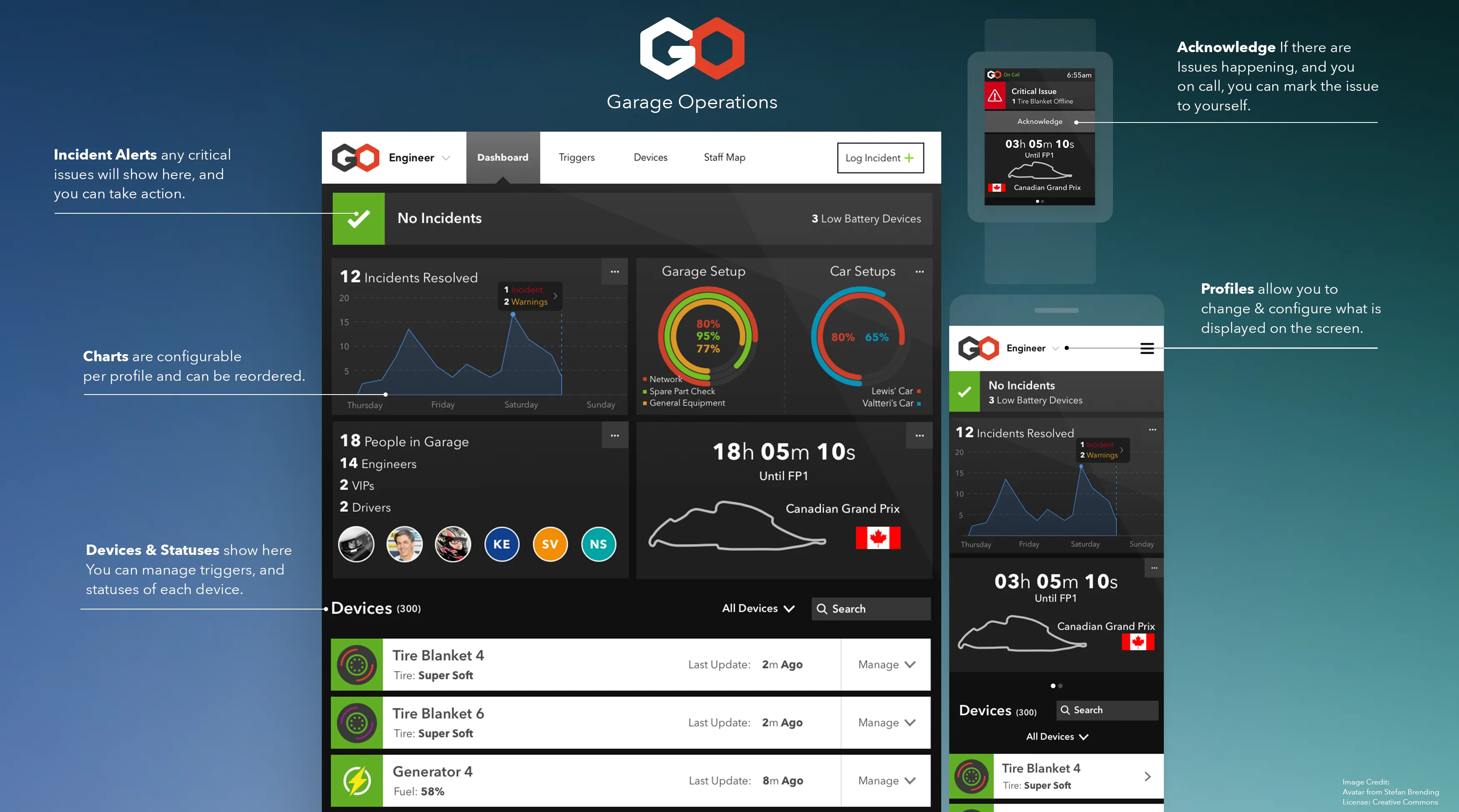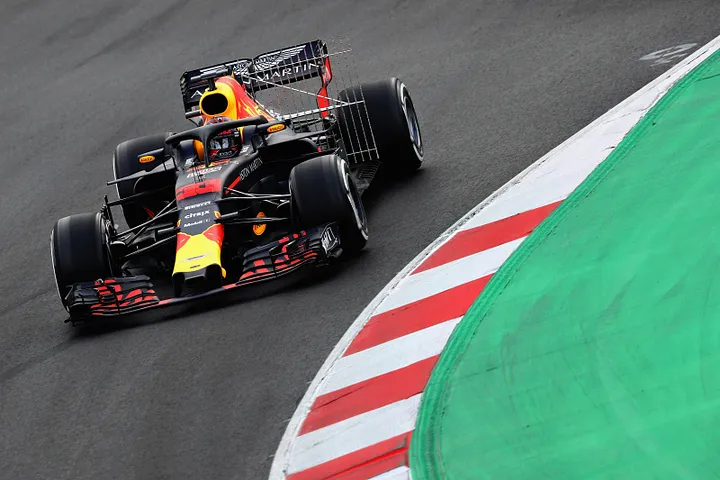Deploying Smart Sensors Inside Formula1
Published

In a sport that is won and lost in tenths of a second, there is little time for preparation and zero margins for error. In F1, data can be the difference between first place and catastrophic loss. A solid set of IoT devices with a central location to make informed decisions provides necessary insight into the inner workings of the technology that F1 operates with. When data collecting devices sync together, they can be used to make quick and informed decisions to prevent or remedy any disastrous mishaps.
Having many connected devices is rapidly becoming an essential part of any technology-driven field and F1 is a prime example. In the next three years the IoT industry is projected to reach $267 billion with 20bn smart devices in use. With industry leaders such as Microsoft, Amazon, and IBM backing this technology, F1 teams must continue utilising and investing in IoT to remain competitive.

F1 teams have already have taken advantage of IoT technologies. One of the most critical components being the ECU (Electronic Control Units), standardised for F1 by the FIA. The ECU device provides near real-time communication between the car and the pitwall. Monitoring over 500 sensors within the car, this device collects data from the power unit, gearbox, clutch and differential, giving the pit crew insight into every component of the vehicle.
To get the most out of the data these sensors collect, there needs to be a way to monitor and consolidate a complicated network in order to make quick informed decisions. Speed and accuracy are essential as lost seconds can be costly.
Garage Operations (GO)
There are already plenty of connected devices inside a garage during a race weekend, but they don’t manage themselves. The idea I proposed for the F1 Connectivity Innovation Prize is called Garage Operations, or GO for short. It is a hub to centralise, manage, and monitor a team’s system of devices to mitigate risk and streamline the network.

The role-based application will notify appropriate team members in order for them to take appropriate action — tyre blankets to critical systems failure, even staff activity — when attention is needed the GO application will inform those who need to know. In critical circumstances, the GO hub bridges the gap between failing devices and their human counterparts. Tracking generators low on fuel or overheating allows those who need to know with the right data to take pre-emptive measures and prioritize solutions.
The Circuit of Things
Every staff member is given a smartwatch, granting them real-time access to the system. These watches are attached to a network of Bluetooth beacons giving GO location information inside the garage. Location-based alerts, notify only those closest to the issue for speedy correction. Access to a real-time map, pinpointing locations inside the garage ensures staff who stray from their post can still be tracked down in the event of an emergency.
Failure must be prevented at all cost, hard drives failing in a server to engines failing in a car, every possible effort should be put into making sure the team is in control of circumstances that bring them closer to the podium.
We are in the midst of rapid growth in the IoT space. While teams are taking advantage in their cars today, there is still room to leverage the technology in garages, pit lanes, logistics, and setup. Continuing to advocate for IoT provide teams with a competitive edge and can develop the sport as a whole.
What drew me to F1 is its superior accomplishments using technology to better the sport, so being able to participate in both has been an exciting challenge. With this idea, I’ve been lucky enough to be chosen as a winner of the F1 Connectivity Innovation Prize.
This post was originally published on Tata Communications